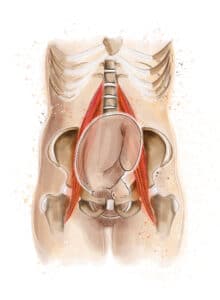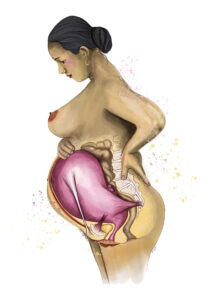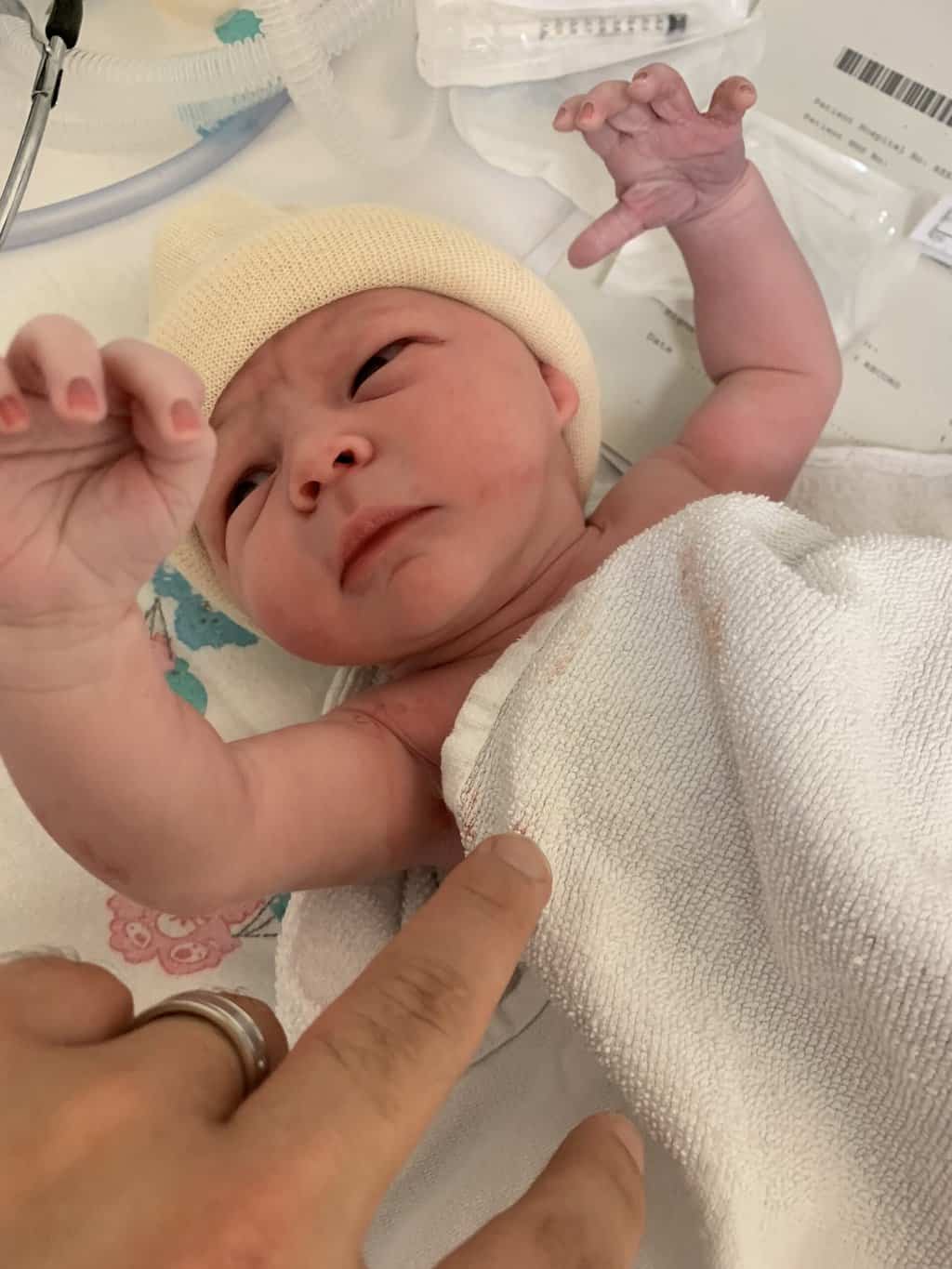Sally Scott
Summary
Pregnancy chiropractors assist with breech babies by creating space for the baby to turn on their own, rather than physically turning the baby like the ECV procedure done by doctors. Chiropractors focus on the alignment and mobility of the pelvis and the surrounding muscles and ligaments, including the diaphragm, psoas muscles, round ligaments, and back muscles. Treatments involve techniques like fascial release and pelvic manipulation to release tension and improve space for the baby to move. Appointments include a consultation, medical history review, and a detailed examination, followed by a discussion and consent before proceeding with any treatment
What can a pregnancy chiropractor do for breech babies?!
First things first. Chiropractors don’t turn babies. We make space for babies to turn themselves.
There is a procedure called ECV (External cephalic version) in which a doctor physically moves a baby in the womb to rotate into the head-down position. This is always done in a hospital, whilst monitoring the baby.
We don’t do this! Understood?! Ok.
So What Exactly Do We Do?
Chiropractic treatment for breech (or transverse, or oblique!) babies looks at all the muscles and ligaments around the womb and seeks out anything which might be making it more difficult for the baby to rotate into the head down position.
We look at the pelvis, the pelvic joints and the alignment first. We also look at some of the muscles surrounding the uterus:
The diaphragm: This forms the roof over the womb and often when examining women with babies in the breech position I find tension in the diaphragm, maybe it’s tighter on one side than another and the baby has its head wedged up under one side (and most women feel this too!!).
The psoas muscles: these deep core muscles attach to the spine and hug around each side of the womb before crossing the top of the pelvis and attaching to the thigh bones. They are often tense. Especially in women who do a lot of driving or sitting (that’s most of us then!). The psoas muscles are seen below in red

The round ligaments: these two thick rope-like ligaments attach to the front of the uterus and then come down and pass over the front of the pubic bone and actually into the labia! They can also be tight and commonly one side is tighter than the other. The round ligaments are seen in the below illustration

The muscles of the back: Sometimes the big muscles and thick fascia that connect the top of the hip with the ribcage can be tight, this again reduces the space between the ribs and hip bones which might make rotating harder for the baby.
- The treatment involves a type of massage called fascial release, it’s a pulling and pushing motion, usually done without any cream or oil that mobilises and releases tension in the structures beneath the skin!
- We also may manipulate the pelvis to improve joint motion and alignment and indirectly affect the uterosacral ligament and the pelvic floor.
- All of these techniques centre around one principle. The baby makes the best use of the space they have available. By making more space for them we are allowing them room to rotate into the head-down position. Ultimately it’s up to them!
What would happen in an Appointment?
All chiropractors in the UK hold a degree in Chiropractic, are insured and are registered with the General Chiropractic Council.
Your first appointment will always include a consultation, during which we’ll take your medical history, ask about your pregnancy, previous pregnancies and births, and any areas you’re feeling pain or discomfort in the case of breech babies I often ask further questions such as have they been breech throughout the pregnancy or recently turned into this position? Were your previous babies breech? Have you been doing anything else to help them turn?
Then I examine you and we have a chat about what my findings are and what I’d like to work on, everything is done with your understanding and consent and all questions are welcome!
Conclusion
Chiropractic care for breech babies does not involve physically turning the baby but focuses on optimizing the physical environment within the mother’s body to facilitate the baby’s natural movement. Through specialized techniques aimed at relieving tension in key muscles and ligaments, chiropractors help create more space for the baby to potentially turn into the head-down position. This non-invasive approach centred around the mother’s comfort and informed consent, provides a supportive option for expecting mothers dealing with breech presentations.










